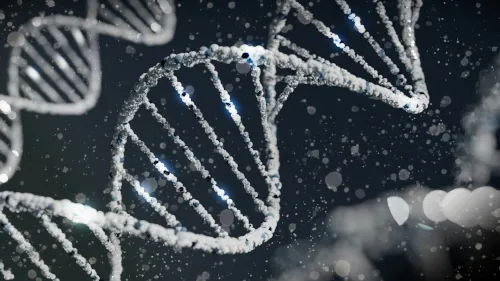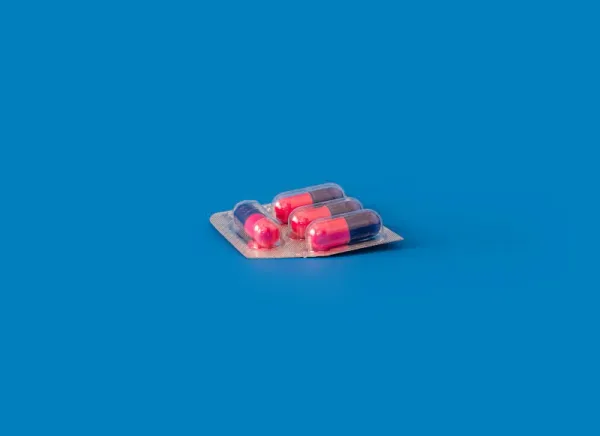GLP1 reverses diabetes in human cells (in mice)
Scientists managed to increase the number of insulin-producing cells in a human-cell-in-mouse experiment.

The combination of GLP1 Receptor Agonists and other approaches and treatments continues to amaze. Researchers at Mount Sinai and City of Hope found that combined with a naturally occurring chemical (in plants) called Harmine increased the number of cells that produce insulin:

What does this mean?
Researches demonstrated what is essentially a reversal of certain types diabetes – the types of Diabetes that result from the lack of insulin production in the body.
The combination treatment causes the body to create more insulin-producing cells, which increases the level of insulin in the body.
This means types of diabetes which are due to insufficient production will be treatable (likely on a recurring basis).
At present, people with Diabetes take supplementary insulin because their bodies cannot produce enough of it – if this combination treatment continues to prove safe and effective in ongoing and future trials, then the future solutions available to people living with Diabetes can be stimulating production of insulin in their bodies, rather than taking externally provided insulin.
What does "human cells in a mouse" mean?
Before trials are run on humans, they are often run in other animals first, and the mouse model is used extensively in science.
One of the ways that the mouse model is used in the context of type 1 and type 2 diabetes research in particular is that a mouse with no immune system is injected with human cells, and then the experiment is performed.
That setup is what was used for the research conducted by Mount Sinai and city of Hope researchers.
What's the catch?
We love reporting good news, but believe it's best to temper excitement.
There are a few things to keep in mind when reading this news:
- This research is still incredibly early, more studies are required
- This research was performed on a a mouse model (albeit a standard model for testing diabetes that is injected with human cells)
- Human trials have not been performed yet, and we are far from that phase
- Diabetes can be caused not by lack of production of insulin, but by insulin having no effect, so it's not clear that every case of diabetes can be treated by this breakthrough
Are there reasons to be hopeful?
The discovery of this combination treatment means that there's just a bit more known about the pathways and compounds that can trigger the body to produce insulin, and importantly another compound to include in the equation: Harmine.
Breakthroughs in areas like these open up the possibility of learning more fundamental truths about the human body's management of sugar, and levers that science can pull to change how the body acts.
As an example, GLP1 Receptor Agonists started as a discovery of the saliva of the Gila Lizard:


The discovery of exendin-4 in the saliva of the Gila Monster was the first GLP1, leading to the production of Exenatide (Byetta).
[..] exendin-4, a structural analogue of human GLP-1, but with a much longer half-life. A synthetic preparation of exendin-4, exenatide, is suitable for human use and effectively lowers glucose in ambulant type 2 diabetic patients.
And that discovery has prompted the wave of innovation that we're currently experiencing, and better health outcomes for millions of people.
It's still early, but the further research around Harmine and it's combination with GLP1s should produce even more benefits, possibly for those who need it most – those with type 2 diabetes (rather than those looking to lose a few pounds).





